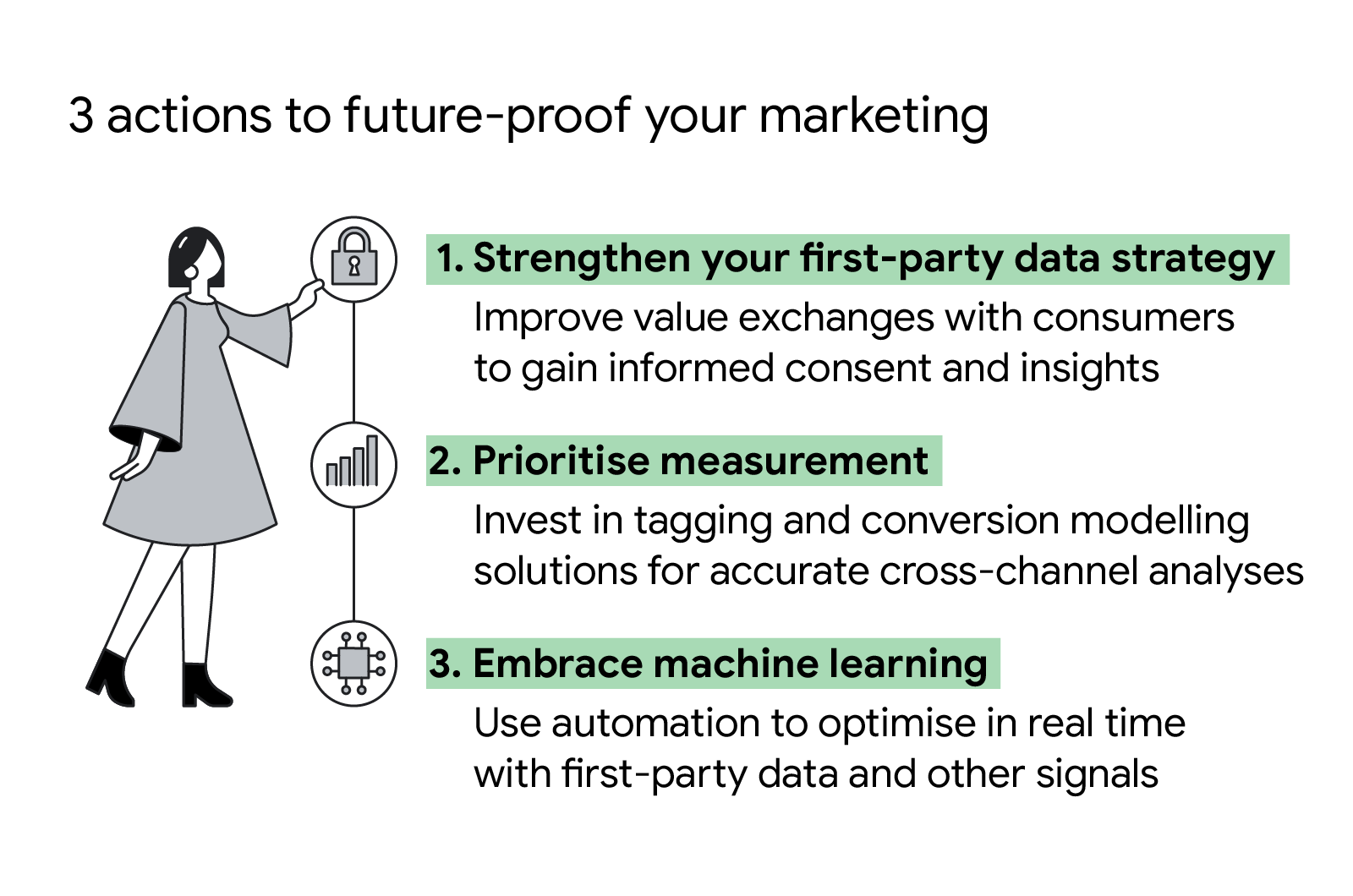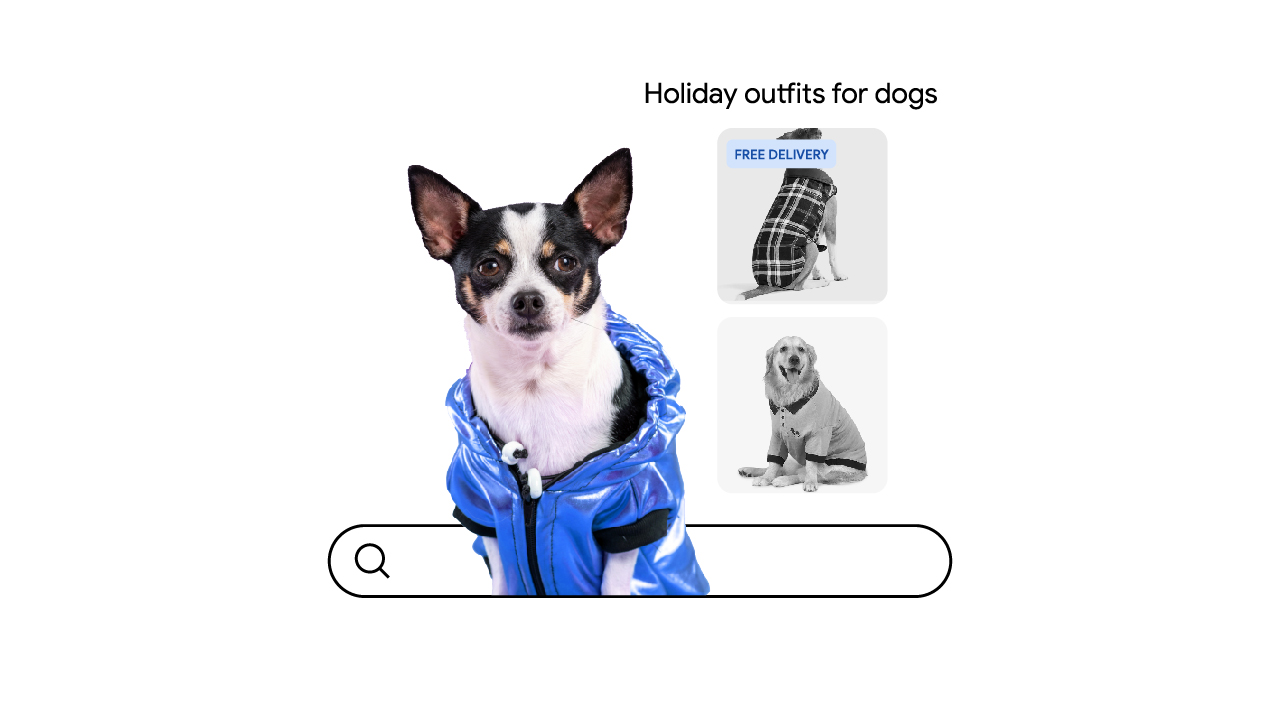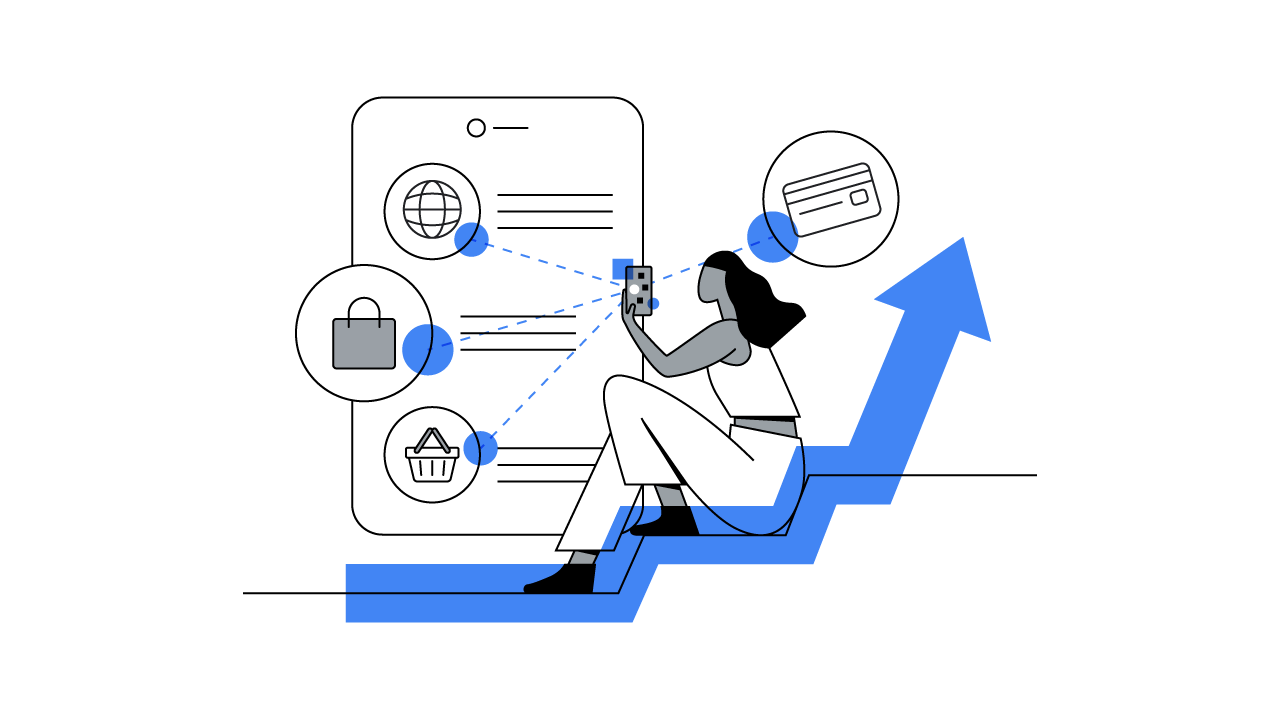It’s hard to imagine that just over 30 years ago, less than 1% of the world’s population had internet access.1 But today, more than 5 billion people are online — and chances are, you’ve also felt the web’s transformative power.2
The web has opened up new opportunities and connections for us all, especially over the past couple of years. It’s likely you read, watch, or listen to news and entertainment online, like 96% of people with internet access globally.3 Perhaps your team uses digital campaigns to reach consumers around the world. Or maybe you’re a content creator or publisher using online platforms to monetise your content.
While the internet continues to offer businesses possibilities for creativity and growth, people’s rising privacy concerns are reshaping the web and our industry. Seven in 10 New Zealanders are worried about how their data is used to decide which ads are shown to them,4 and 74% of Australian consumers say they’re highly sceptical about how companies use their data for marketing.5

As people seek more control over their information, the ads ecosystem as we know it is at a crossroads — and we’re all going to need to adapt and work together to increase consumer trust. Let’s dive into the ongoing privacy conversation and explore how we can collaboratively build a web that works for everyone.
Understanding the evolving privacy environment
The internet was built on third-party cookies, which advertisers used to deliver experiences tailored to people’s browsing behaviour and effectively measure campaigns. But these cookies make it difficult for people to understand how their information is stored and used — so much so that 66% of consumers in Australia don't feel like they understand where they can access what information is collected about them online.6
This uncertainty has led to increased demand for more user protections and control. Countries all around the world are responding by assessing privacy regulations, and we’re no exception. New Zealand’s Privacy Act was updated in 2020, and the Australian Government is currently reviewing the Privacy Act. These changing regulations and rising consumer expectations mean we need to rethink how brands can bolster their digital marketing.
But that doesn’t mean data-driven insights and experiences are a thing of the past. Although 94% of consumers in Australia say it’s important for brands to be transparent about the data they collect about their customers,7 57% of them still consider it important to have a personalised experience with a brand.8 Consumers on the other side of the Tasman feel the same way. Although 55% of New Zealand adults say they feel cautious about how their data is being used, they still prefer to see relevant ads.9

Advertising must evolve in a way that enables marketers to continue building relationships with consumers that are long-lasting, mutually valuable, and rooted in trust. That means we need to work together to reinvent how we use data to deliver ads in a privacy-safe manner that builds trust with consumers — without compromising personalisation or performance.
Furthering data privacy and brand trust
For digital advertising to truly work for everyone, it needs to hit three non-negotiables. Digital advertising must be:
- Safer for people in a way that builds consumer trust
- Successful for publishers and content creators to thrive
- Beneficial for sustainable business growth
That’s why we’re investing in marketing automation and machine learning while encouraging our partners to prioritise first-party data. We’re also leaning into aggregation, anonymisation, on-device processing, and other privacy-preserving technologies being developed in the Privacy Sandbox to protect user identity and information.
Digital advertising must be safer for people, successful for publishers and content creators, and beneficial for business growth.
We believe these privacy-preserving advancements don’t just promote privacy by design. They protect privacy through innovation that minimises the collection of identifying data without undermining people’s access to free information and personalised experiences. But to secure the future of a safe, open, and free web, new privacy-safe solutions need to be shaped and adopted by all industry players — including businesses like yours.
Creating a privacy-safe game plan together
So how can you adapt to privacy changes and prepare for success in the long run? Start by prioritising durable infrastructure, tools, and strategies:

As you push your business’ privacy maturity forward, we hope you’ll also help us write the next chapter of the web’s success story. As always, we’ll keep doing our part to build privacy-safe tools you can use to measure marketing performance. We invite you to learn more and provide your feedback as we keep finessing the Privacy Sandbox, and we also encourage you to get involved in industry-wide discussions about changing privacy regulations.
Since the internet launched three decades ago, it has delivered massive value to the world and helped businesses grow. But the next 30 years of the open, free, and ad-supported web depends on us working together to balance people’s privacy and sustainable performance. Today’s actions will define tomorrow’s outcomes, so I hope all of you will help shape the strong privacy principles we’ll need to thrive for years to come.







